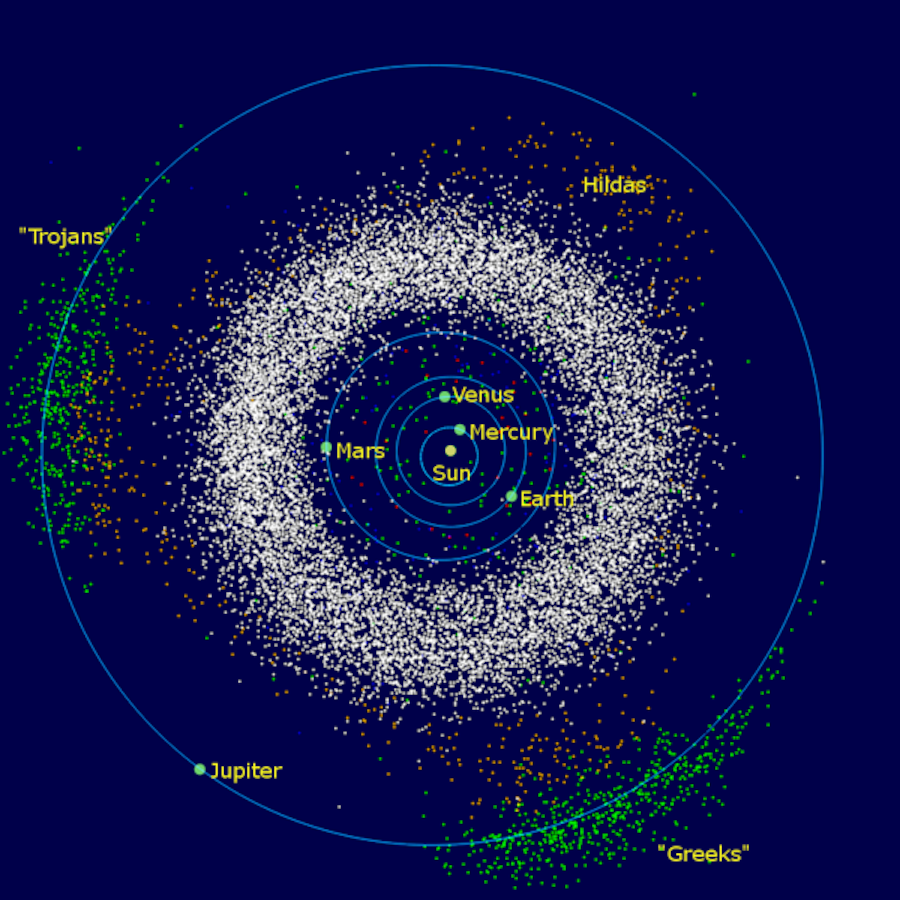
The asteroid belt, located between Mars and Jupiter, is undergoing a slow yet significant loss of material, according to a study led by Julio Fernández from the Universidad de la República in Uruguay. This region, which is composed of remnants from the early Solar System, is currently losing approximately 0.0088% of its mass due to ongoing collisions among its rocky inhabitants. While this figure may seem minor, it represents a considerable flow of material over the vast timescales of 4.6 billion years of Solar System evolution.
The asteroid belt is often perceived as a stable feature in our cosmic neighborhood. However, the research highlights its dynamic nature, revealing that 80% of the material lost is reduced to meteoritic dust through mutual collisions. This dust contributes to the faint, glowing phenomenon known as zodiacal dust, visible in the night sky during twilight. The remaining 20% escapes as meteoroids that can cross Earth’s orbit, occasionally making dramatic entries into our atmosphere as meteors.
Insights into Asteroid Dynamics
The study specifically excluded larger asteroids like Ceres, Vesta, and Pallas, which have persisted long enough to no longer participate in this material loss. Understanding the mechanisms behind the asteroid belt’s depletion is critical for comprehending the history of impacts on Earth. The research suggests that if the current rate of mass loss is projected backward, the asteroid belt may have been about 50% more massive approximately 3.5 billion years ago, with a mass loss rate about twice as high as today.
This finding aligns closely with geological evidence from both the Moon and Earth, indicating a decline in bombardment rates over the past several billion years. The layers of glass spherules found in Earth’s rock strata tell a story of a more violent past, when a more substantial asteroid belt delivered a greater number of impactors to our planet.
Implications for Earth’s Future
The ongoing depletion of the asteroid belt carries direct implications for Earth. The larger bodies that escape the belt do not simply disappear into space; some eventually travel toward the inner Solar System, where they pose potential risks as impactors. As the asteroid belt continues to lose material, the frequency and intensity of impacts may further decline, presenting a new understanding of the risks associated with near-Earth objects.
This research reveals that the asteroid belt is not merely a remnant of our Solar System’s formation but a dynamic structure that has evolved significantly over billions of years. Understanding this process aids in piecing together the impact history that has shaped Earth’s surface and provides crucial data for modeling future risks from objects that may cross paths with our planet. As scientists continue to study the asteroid belt’s loss of material, they contribute to a broader understanding of our Solar System’s intricate history and its ongoing evolution.







